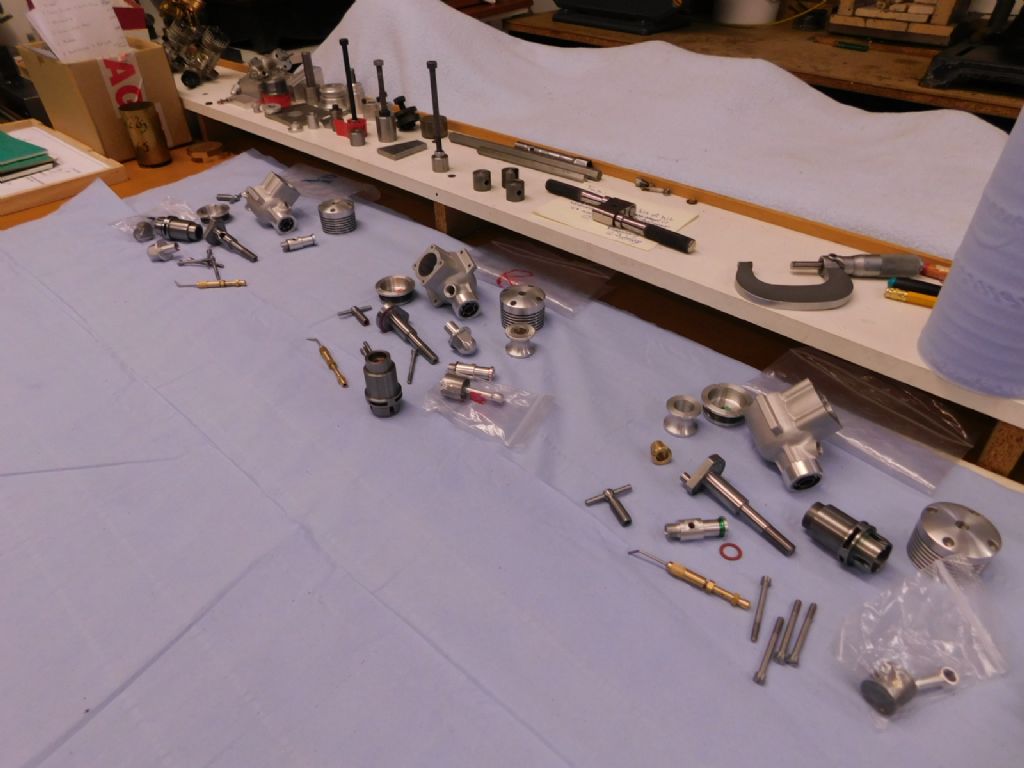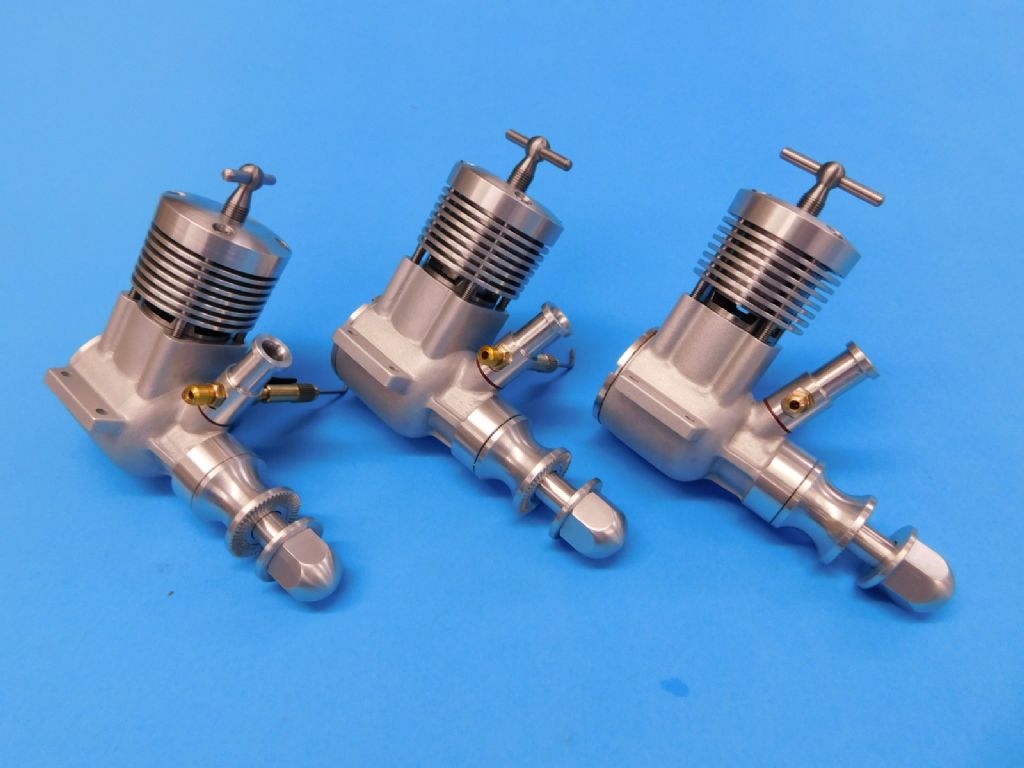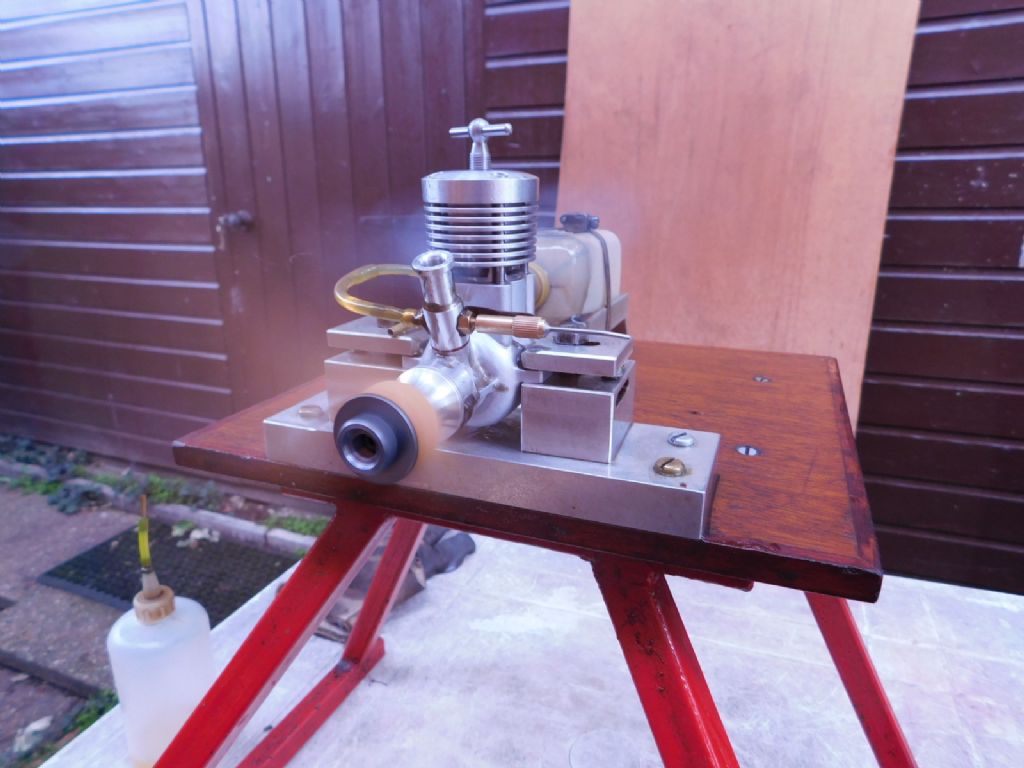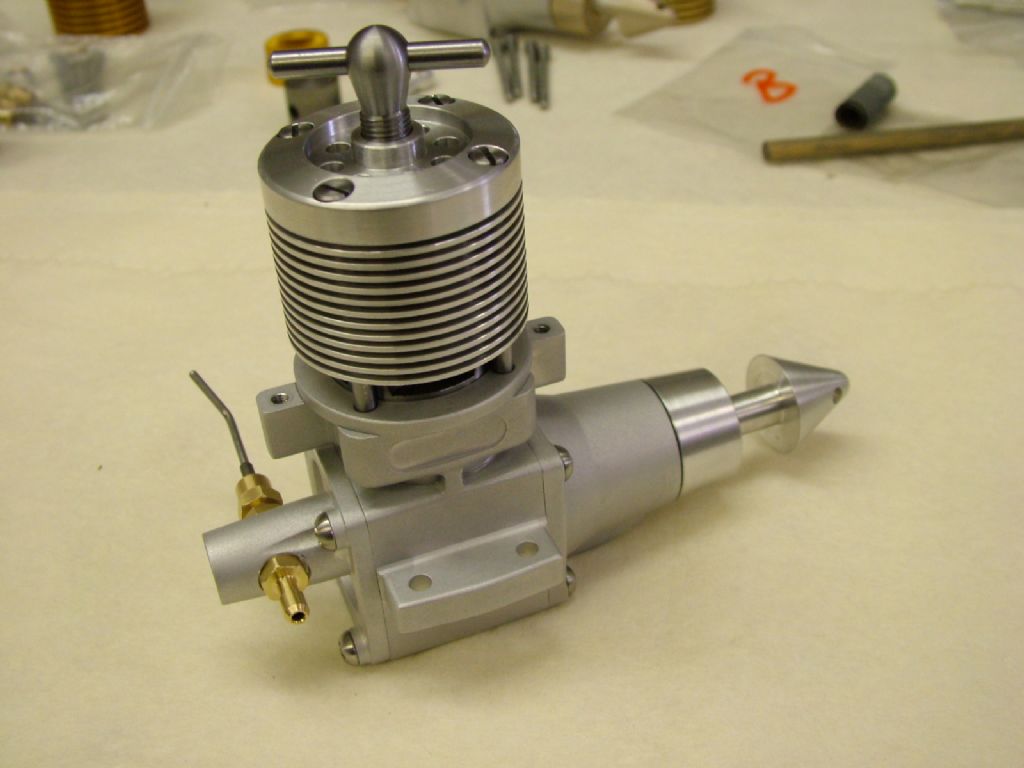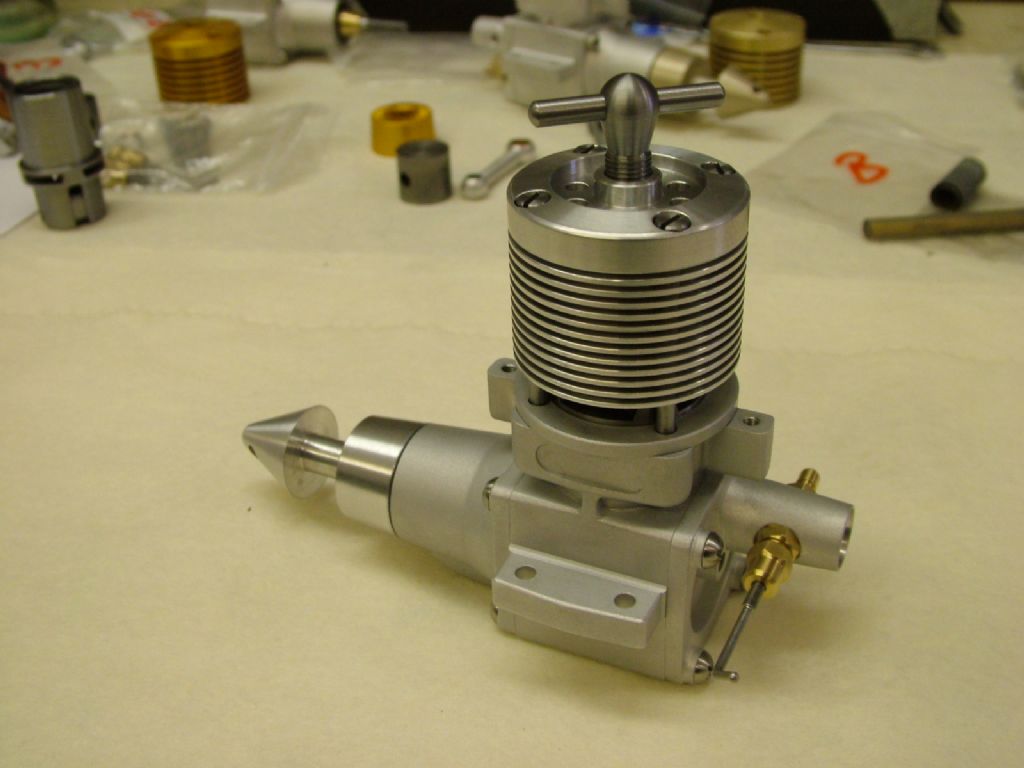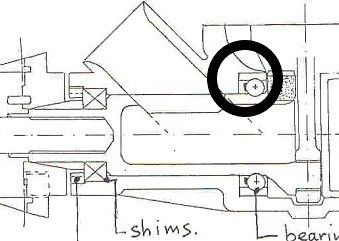Hello John,
As you appear to be insisiting that this method is the only way I can't help but wonder why it is that in all the engines I have ever seen dismantled, either in my hand or in literally hundreds of engine reviews over the years I have never seen any form of spacing between bearings other than the shaft itself. By implication you seem to suggest it should.
From a practical point of view it just introduces another part, not only unnecessary but something that would require to be perfectly concentic in order to run with the case bore itself.
In my humble opinion, and, in the face of so many that have spent so much time in developing the power of these small engines I assure you it is humble, none have done more than those involved in racing or speed in all genres but for me specifically, control line flying. To dismiss the Meketmeyer brothers in such a fashion and indeed those that followed on sets yourself high upon the bar. Their ideas and articles sharing those views were groundbreaking at the time as was that of Stockton and Jehlik, T/R world champions whose radical ideas using an ETA15d as a basis lead on to Paul Bugl's incredible engines all from which the modern F2c engine developed.
Your initial posting and subsequent insistance that this is the 'correct' and by implication the only way leads me to wonder why so many commercial engine manufacturers – certainly in the pursuit of more powerful engines than their competitors – have never adopted this method over the years on what must have been thousands of differing designs – sorry I simply can't see it. I don't disagree with your recomendation per se – just in this specific application.
Yes, I may not have an academic background, indeed I was once accused on here of having a, quote 'Monkey see, Monkey do' unquote kind of approach. Well so be it, it has proved to be a viable attribute for me so far. 'Yer pays yer money yer takes yer choice' I guess but I've always been keen to learn from others just always tried to make my own mind up as I see fit about the advice being given. I'm afraid this is one of those occasions I don't share the same view.
Yes, I do have the SKF catalogue along with the RHP one but neither has any info on these small I/C engines (that's TIC by the way) however, to the best of my ability, I do try to fit them with as good a radial fit as recommended in them- heres another example, my favourite of those made so far – another scaled to 5cc, this time the 2.5 cc ETA Elite Mk11


On that note I'm afraid we shall have to agree to differ – I will continue as before even if it is 'wrong' – others of course will have to make their own mind up.
Seasons Greetings to you
Regards – Tug
Edited By Ramon Wilson on 21/12/2019 14:06:53
John MC.


